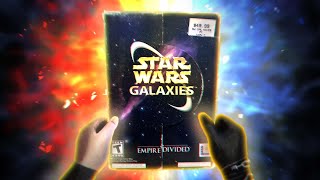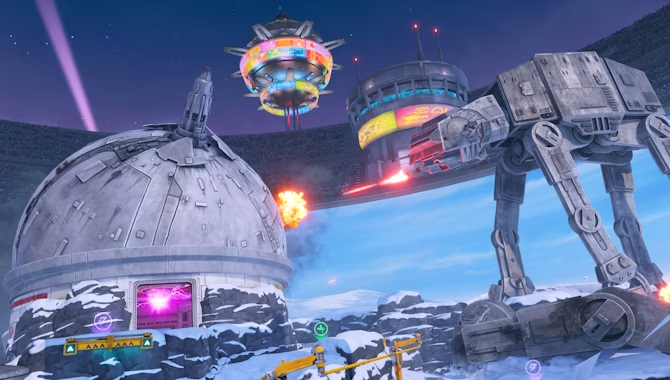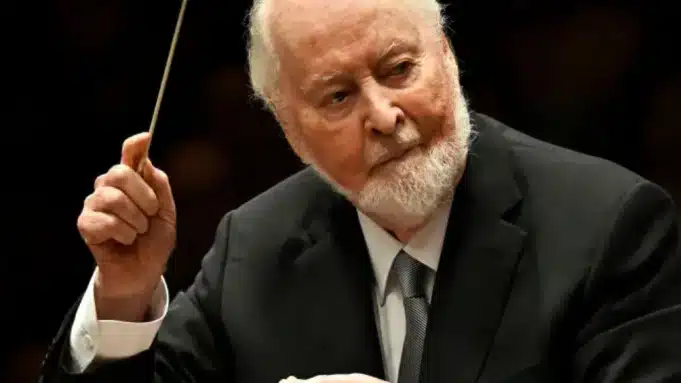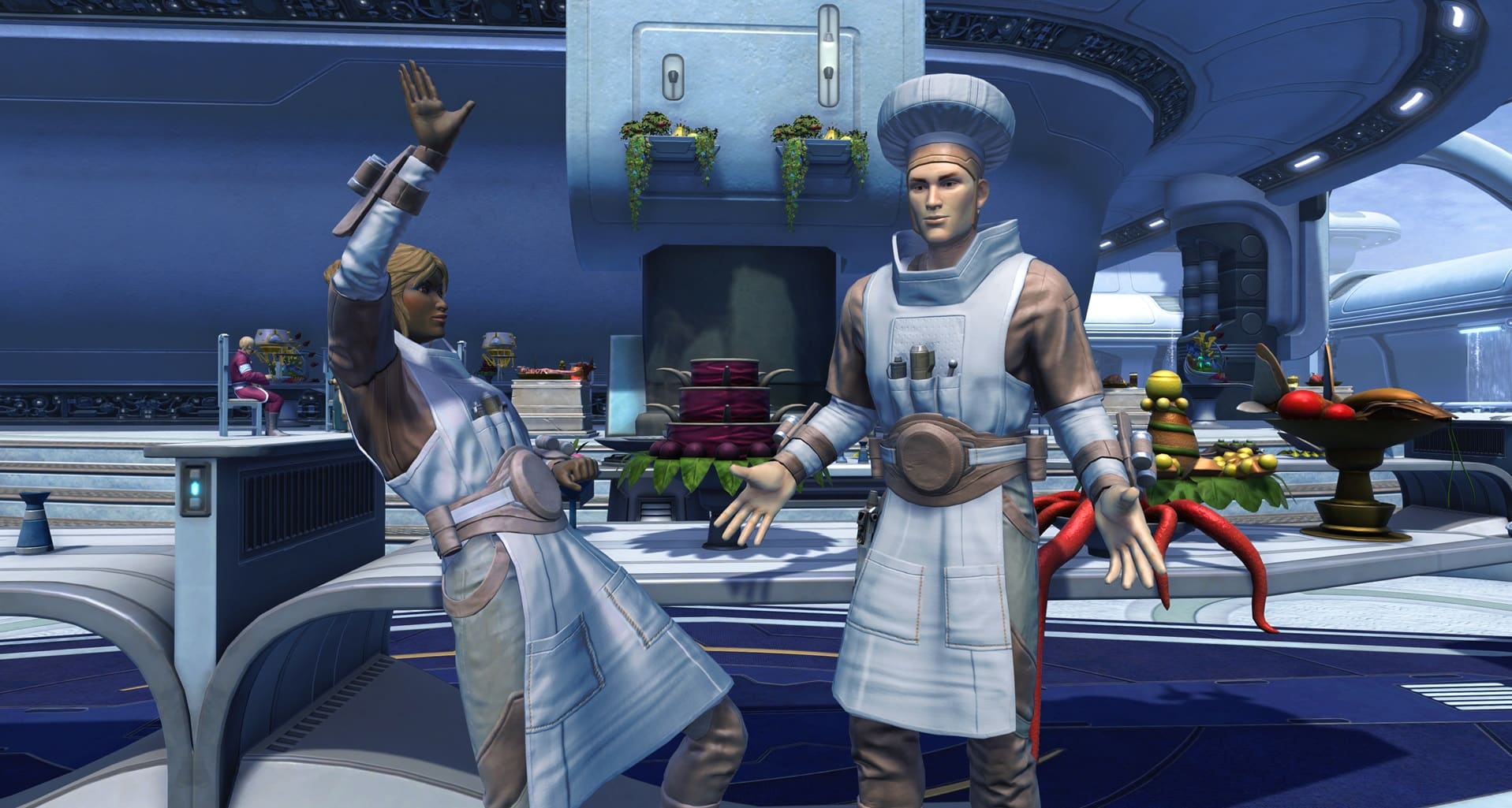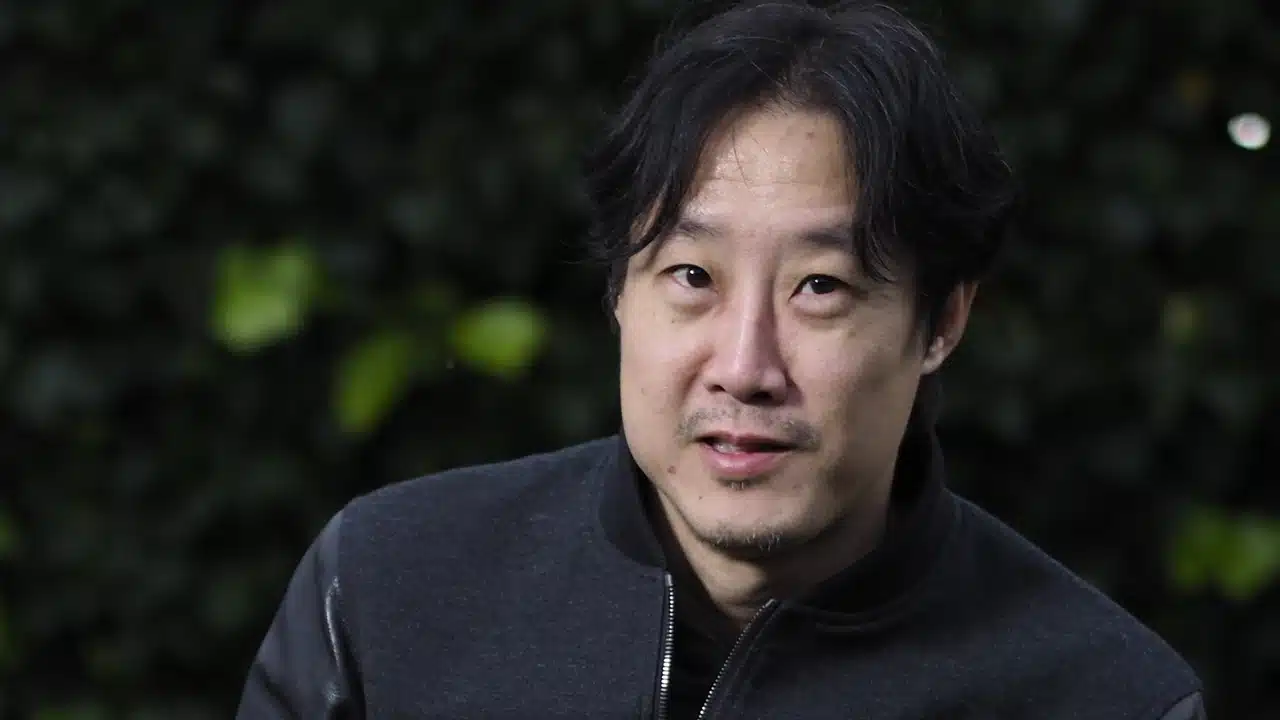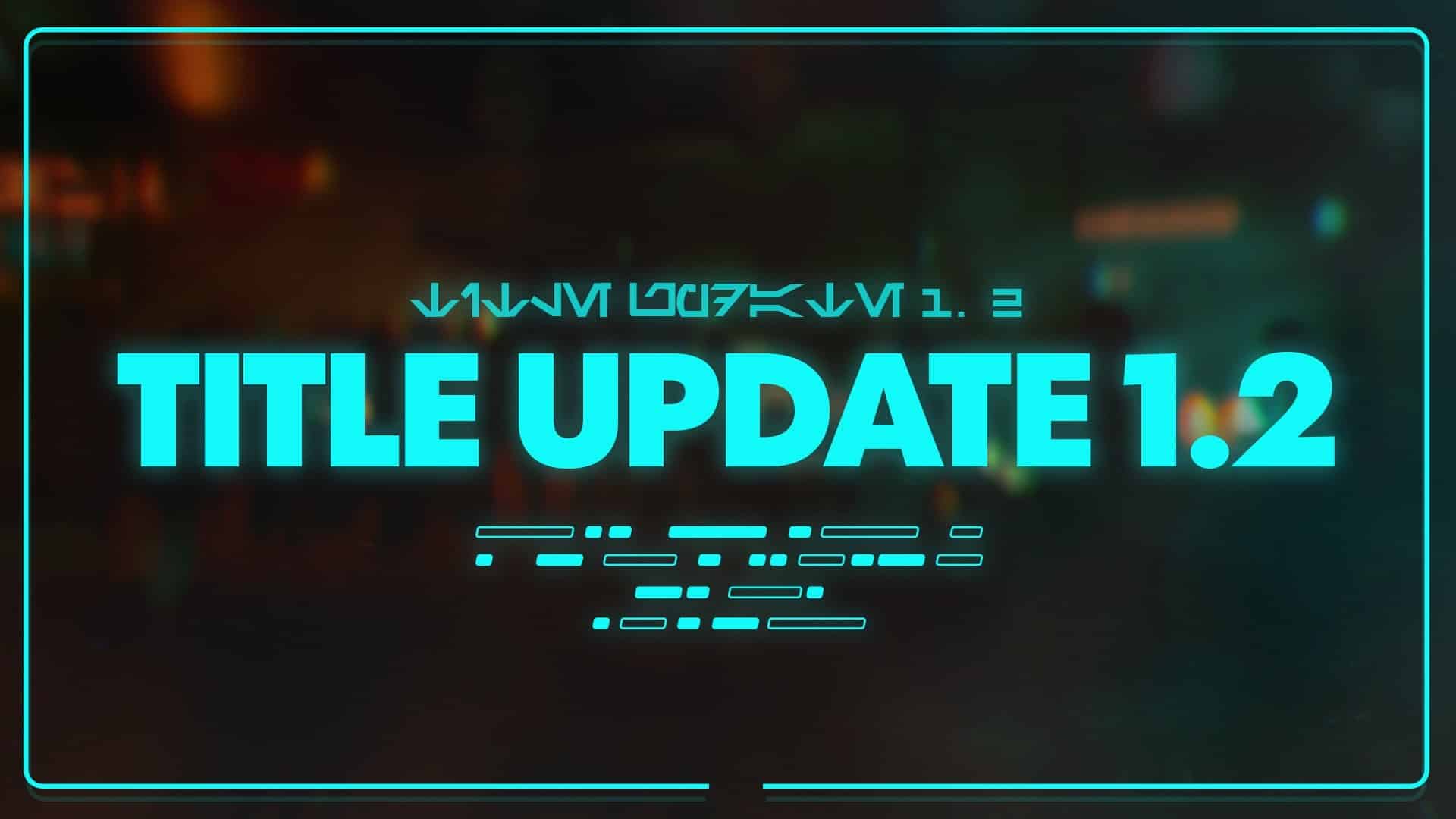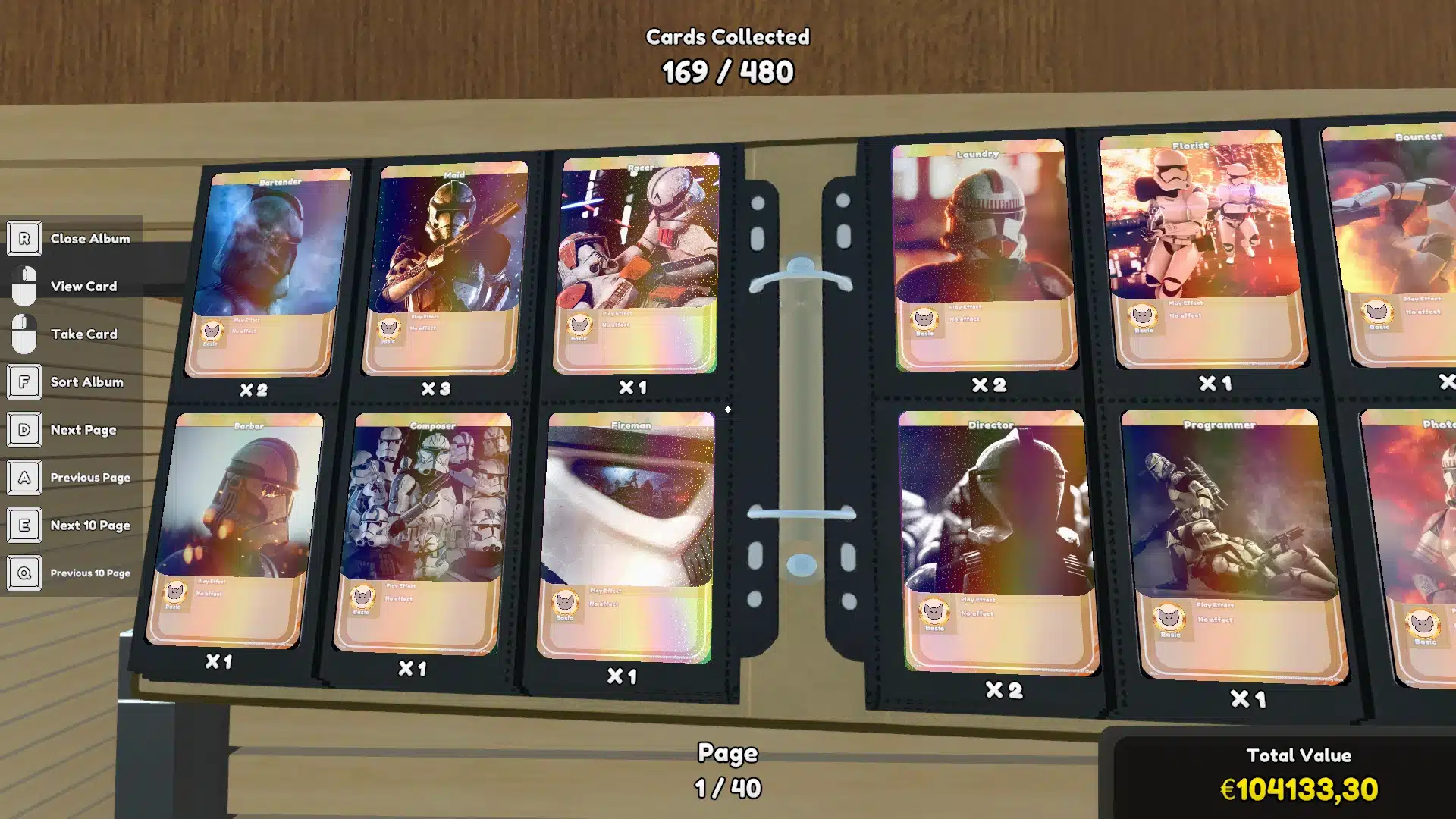So, you’ve decided to take a dive into the Star Wars universe. Maybe you’ve heard phrases like “May the Force be with you” thrown around at parties, or perhaps you’ve been confused by friends arguing over who shot first (spoiler: it’s Han). Whether you’re new to the galaxy far, far away or you just need a refresher, this is the guide for you. We’ll break down everything you need to know about Star Wars canon, focusing on the movies, main events, characters, and more. But don’t worry, we’ll keep things light. This isn’t a Jedi council meeting after all.
Table of Contents
- 1. What is Canon, Anyway?
- 2. The Three Trilogies: A Timeline Overview
- The Prequels: Episodes I-III
- The Original Trilogy: Episodes IV-VI
- The Sequels: Episodes VII-IX
- 3. Key Characters and Events Across the Eras
- 4. Canon vs. Legends: What’s the Difference?
- 5. The Recommended Viewing (and Reading) Order
- 6. Final Thoughts: May the Force (of Knowledge) Be With You

1. What is Canon, Anyway?
Before we dive into hyperspace, we need to clear something up. What does “canon” mean in Star Wars? Basically, canon refers to the official storyline that Lucasfilm says is part of the Star Wars universe. These are the stories, characters, and events that actually happened (in the Star Wars galaxy, not in our boring reality).
There’s another term you’ll see floating around: Legends. That refers to the older Expanded Universe (EU) stories like books, comics, and video games that existed before Disney bought Lucasfilm in 2012. Most of those stories have been classified as non-canon, which is a polite way of saying, “Great fanfic, but it’s not official anymore.”
Now, back to canon. It’s made up of the following:
- The movies (Episodes I-IX)
- TV shows like The Clone Wars, Rebels, and The Mandalorian
- Certain books and comics published after 2014
With that sorted, let’s dive into the movies, starting from the beginning (or Episode I, at least).
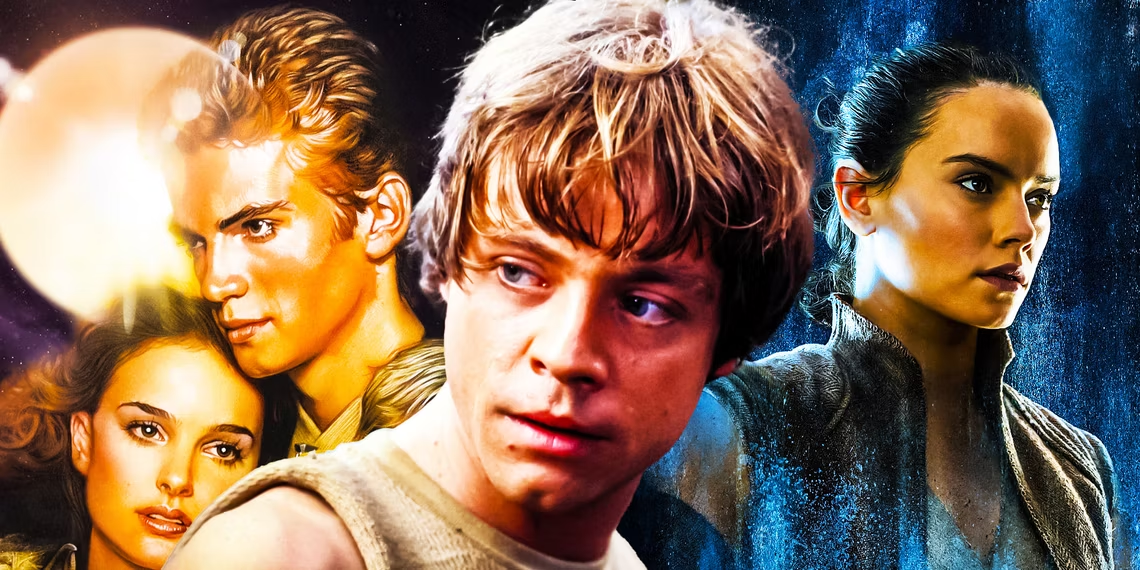
2. The Three Trilogies: A Timeline Overview
The Prequels: Episodes I-III
Let’s start with the Prequels because every great franchise needs to confuse everyone with the order in which its story is told. These three films, released from 1999 to 2005, show us how the entire Star Wars galaxy started going off the rails. In other words, we learn how Anakin Skywalker (spoiler: Darth Vader) got his start.
- Episode I: The Phantom Menace (1999)
Here’s where it all begins… technically. This is the movie where we meet a young Anakin Skywalker and his terrible bowl haircut. We also meet Qui-Gon Jinn (Liam Neeson), Obi-Wan Kenobi (played by Ewan McGregor, bless), and… Jar Jar Binks. Yes, Jar Jar happened. The key event here is the discovery of Anakin, who is said to be the Chosen One destined to bring balance to the Force. Spoiler alert: it doesn’t go well. - Episode II: Attack of the Clones (2002)
Anakin grows up and turns into a hormonal teenager with a lightsaber. He’s now training as a Jedi under Obi-Wan Kenobi. We also get introduced to Padmé Amidala, who, for reasons that will forever baffle me, falls in love with Anakin despite his awkward sand monologue. Politics start heating up, and the Galactic Republic begins to crumble under the influence of the Sith Lord, Darth Sidious (spoiler: it’s Emperor Palpatine in disguise). There’s also a Clone War that starts at the end, which becomes a big deal later. - Episode III: Revenge of the Sith (2005)
This one’s the real kicker. Anakin finally goes full Dark Side and becomes Darth Vader, thanks to Palpatine’s manipulation. Padmé dies tragically, Obi-Wan and Anakin have an epic duel on a lava planet, and the galaxy spirals into chaos. The Republic falls, and the Empire rises. Oh, and we meet baby Luke and Leia, which will come in handy when we fast-forward to the Original Trilogy.
Key Events from the Prequels:
- The rise of Darth Sidious/Emperor Palpatine
- The fall of the Jedi Order
- The creation of Darth Vader
- The birth of Luke Skywalker and Leia Organa
The Original Trilogy: Episodes IV-VI
Ah, the classics. This is where most people first encountered Star Wars, and for good reason. Released between 1977 and 1983, these movies tell the tale of a rebellion fighting against a tyrannical Empire. It’s also where the lovable rogue Han Solo, the determined Princess Leia, and the innocent farm boy-turned-Jedi Luke Skywalker come into play.
- Episode IV: A New Hope (1977)
Our story kicks off with Luke Skywalker, a farm boy on the desert planet Tatooine, who finds himself pulled into a galactic civil war. With the help of Han Solo, Princess Leia, and Obi-Wan Kenobi, Luke takes his first steps toward becoming a Jedi. Together, they blow up the Empire’s superweapon, the Death Star, and give the Rebellion a huge win. - Episode V: The Empire Strikes Back (1980)
Widely regarded as the best Star Wars movie by nerds and film critics alike, this film is where things get dark. Luke goes off to train with Jedi Master Yoda, Han and Leia fall in love, and the Empire kicks the Rebels’ butts. Oh, and there’s that little moment when Darth Vader tells Luke, “I am your father.” Yeah, that moment. - Episode VI: Return of the Jedi (1983)
It all comes to a head here. Luke confronts Darth Vader and the Emperor, and in a surprising turn of events, Vader decides to save his son by throwing Palpatine down a very convenient energy shaft. The Empire is defeated (for now), and the Ewoks celebrate by banging on Stormtrooper helmets like drums. What a way to end the trilogy!
Key Events from the Original Trilogy:
- The destruction of two Death Stars
- Luke’s Jedi training and confrontation with Vader
- Darth Vader’s redemption and the fall of Emperor Palpatine
- The victory of the Rebel Alliance
The Sequels: Episodes VII-IX
Now, we get to the most recent and possibly the most controversial trilogy. Released between 2015 and 2019, these movies pick up the story decades after the fall of the Empire. The galaxy isn’t as peaceful as we thought, and a new dark force is rising.
- Episode VII: The Force Awakens (2015)
Meet Rey, a scavenger on Jakku who just happens to be Force-sensitive (but no one tells her until later). She joins forces with a former Stormtrooper named Finn, the best pilot in the galaxy (Poe Dameron), and a grumpy old Han Solo. The Empire is now called the First Order, and they have an emo kid named Kylo Ren, who happens to be Han and Leia’s son. Drama ensues, and yet another Death Star-esque weapon gets blown up. - Episode VIII: The Last Jedi (2017)
Here’s where things get… divisive. Rey seeks out a reclusive Luke Skywalker for training, but Luke isn’t exactly thrilled about the whole “teaching Jedi” thing anymore. Meanwhile, Kylo Ren and Rey have some weird Force FaceTime sessions, and the Resistance is on the run from the First Order. Big themes about failure, legacy, and hope dominate the movie, and Luke gets a cool Force-ghost-style send-off. - Episode IX: The Rise of Skywalker (2019)
Well, Palpatine’s back (somehow), and he’s got an even bigger fleet this time. Rey discovers she’s actually Palpatine’s granddaughter, which is… something. The final battle between the Resistance and the First Order takes place, and Kylo Ren redeems himself as Ben Solo before, well, dying. Rey ultimately defeats Palpatine and decides to adopt the Skywalker name. Thus ends the Skywalker Saga, for now.
Key Events from the Sequels:
- The rise of the First Order
- The return of Emperor Palpatine
- The fall and redemption of Kylo Ren
- Rey becoming the last Jedi and the end of the Skywalker bloodline
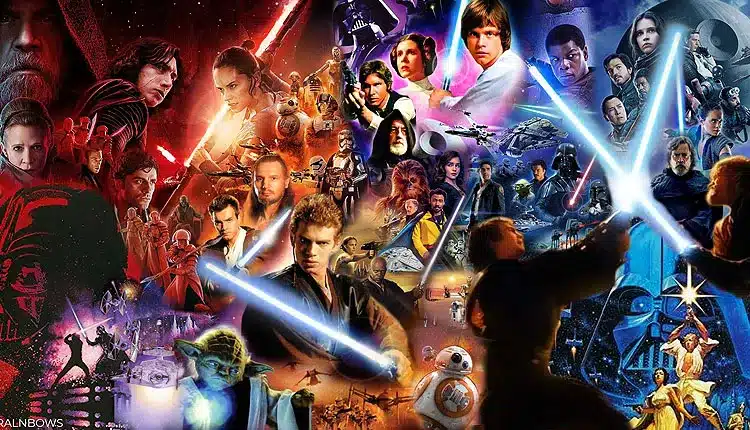
3. Key Characters and Events Across the Eras
Here’s a quick rundown of some of the most important characters and events you’ll encounter in Star Wars canon.
- Anakin Skywalker/Darth Vader: From the innocent boy with Jedi potential to the ultimate Sith Lord, Anakin’s story is the tragic backbone of Star Wars.
- Luke Skywalker: The hero of the Original Trilogy, Luke goes from farm boy to Jedi Master, playing a critical role in bringing balance to the Force.
- Leia Organa: Not just a princess, but a Rebel leader, diplomat, and eventual general in the Resistance. Also, she’s Luke’s twin sister, which is… important.
- Han Solo: The scruffy-looking smuggler who becomes a hero. Also, he shot first (yes, we’re saying it).
- Rey: The central figure of the Sequel Trilogy, Rey goes from unknown scavenger to the last of the Jedi.
- Palpatine/Darth Sidious: The galaxy’s ultimate puppet master, manipulating everything from the fall of the Republic to his eventual (and confusing) return in Episode IX.
Major Events:
- The Clone Wars: A galaxy-spanning conflict between the Republic and the Separatists, led by Count Dooku and orchestrated by Palpatine.
- The Galactic Civil War: The struggle between the Rebel Alliance and the Empire, culminating in the Empire’s defeat in Return of the Jedi.
- The Rise of the First Order: A new version of the Empire in the Sequel Trilogy, threatening the peace won by the Rebellion.
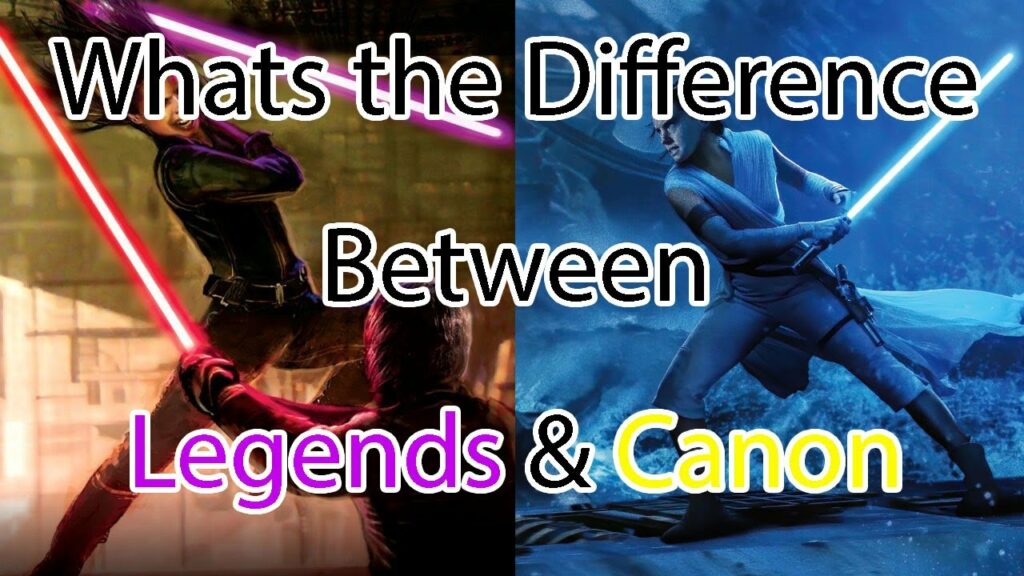
4. Canon vs. Legends: What’s the Difference?
Now let’s talk about the elephant (or bantha) in the room: Canon vs. Legends.
When Disney bought Lucasfilm in 2012, they made a decision to streamline the official Star Wars storyline. The hundreds of books, comics, and video games from the Expanded Universe (EU) that had been published before were now classified as “Legends.” While these stories are beloved by many fans, they’re no longer considered part of the official Star Wars storyline.
That means no more Mara Jade (Luke’s wife in the Legends universe), no more Jacen and Jaina Solo (Han and Leia’s kids in the EU), and no more Yuuzhan Vong (an alien species that invades the galaxy in the EU). In canon, the story is a lot more… streamlined.
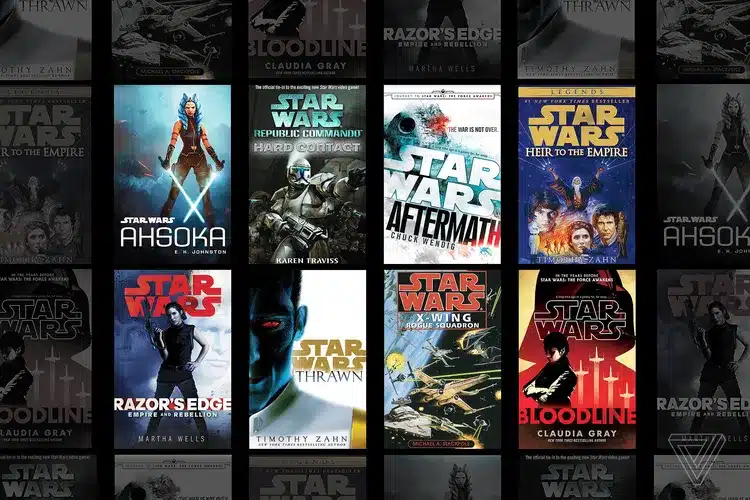
5. The Recommended Viewing (and Reading) Order
So, what’s the best way to watch or read all of this? Glad you asked.
Movies:
- Chronological Order (Episodes I-IX): If you want to experience the Star Wars saga in the order the story happens, this is the way to go.
- The Phantom Menace (Episode I)
- Attack of the Clones (Episode II)
- Revenge of the Sith (Episode III)
- A New Hope (Episode IV)
- The Empire Strikes Back (Episode V)
- Return of the Jedi (Episode VI)
- The Force Awakens (Episode VII)
- The Last Jedi (Episode VIII)
- The Rise of Skywalker (Episode IX)
- Machete Order: This is a fan-favorite way of watching the movies that cuts out The Phantom Menace and rearranges the story to focus more on Luke’s journey.
- A New Hope (Episode IV)
- The Empire Strikes Back (Episode V)
- Attack of the Clones (Episode II)
- Revenge of the Sith (Episode III)
- Return of the Jedi (Episode VI)
- Then you can choose to continue with Episodes VII-IX.
TV Shows:
- The Clone Wars (watch after Episode II)
- Rebels (watch after Episode III)
- The Mandalorian (set after Episode VI)
- The Book of Boba Fett (watch after Season 2 of The Mandalorian)
Books:
- Master & Apprentice (Pre-Episode I, focused on Qui-Gon and Obi-Wan)
- Dark Disciple (between Episodes II and III)
- Bloodline (set before The Force Awakens, focusing on Leia)
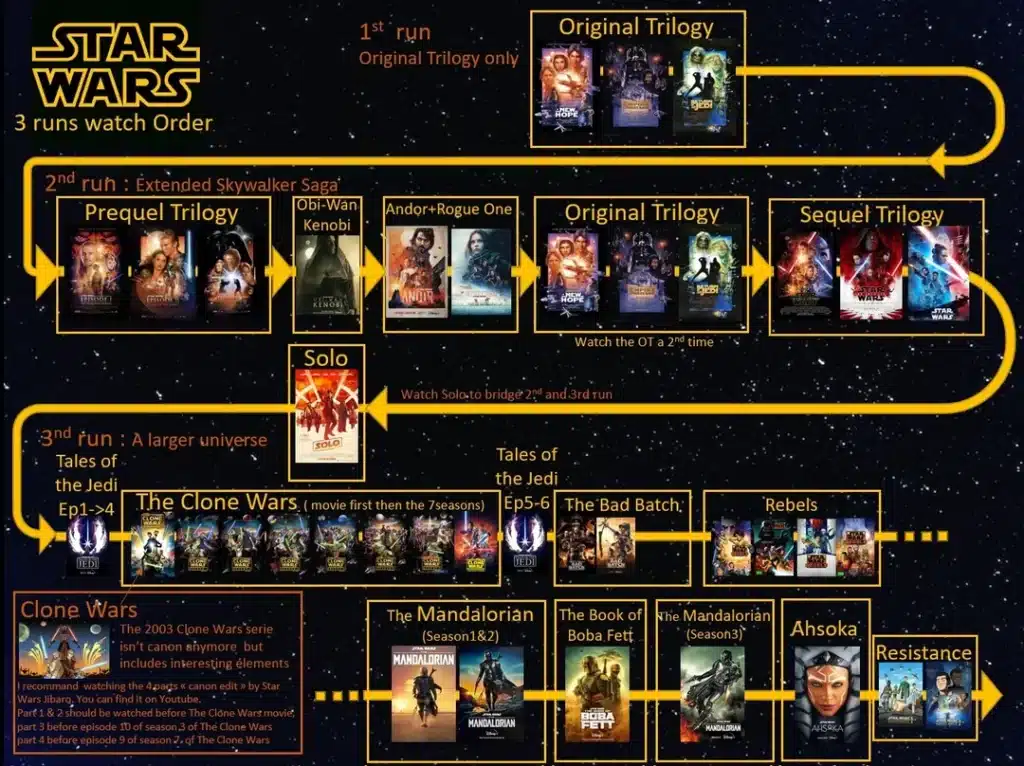
6. Final Thoughts: May the Force (of Knowledge) Be With You
And there you have it—a crash course on Star Wars canon from the prequels to the sequels, plus a bit of trivia about Legends to impress your friends. Whether you’re just starting out or need a refresher before jumping back into the movies, this guide should help you navigate the sometimes confusing, but always entertaining, galaxy far, far away. Now go forth, young padawan, and may the Force be with you!



